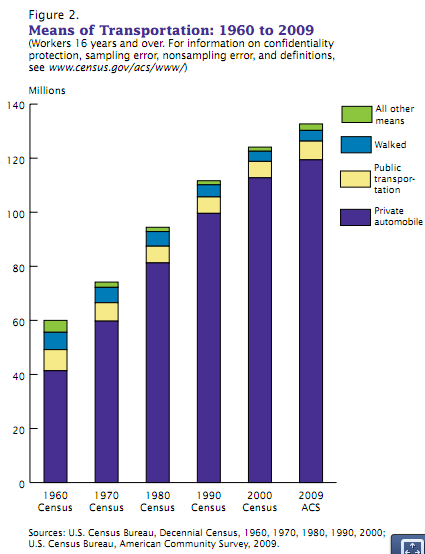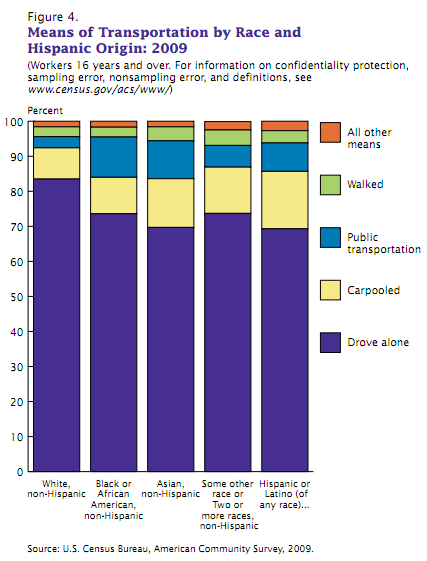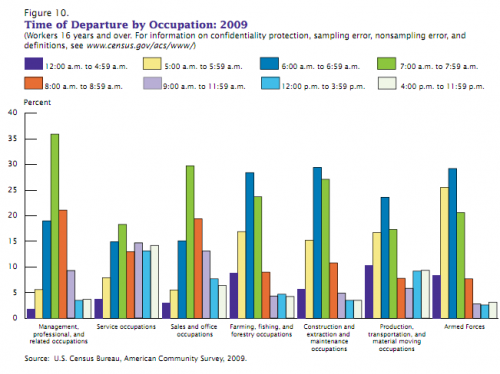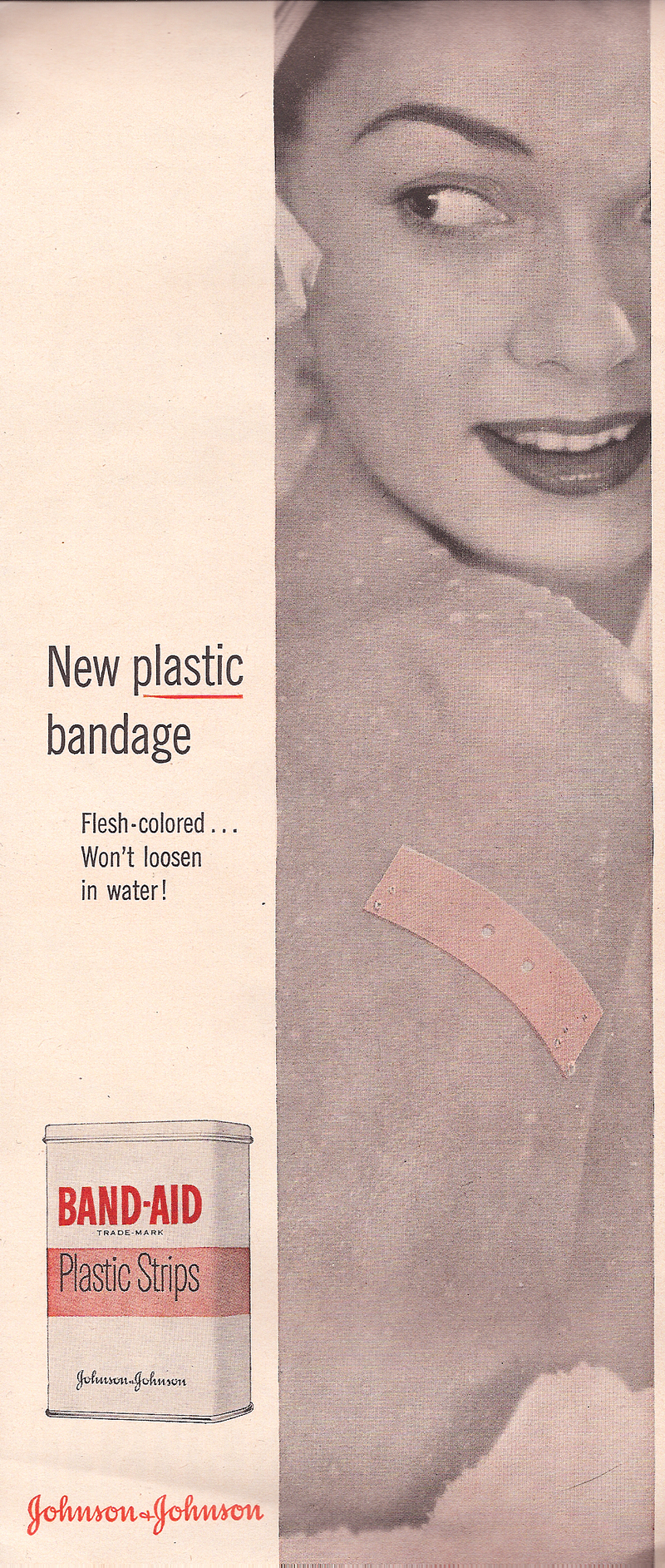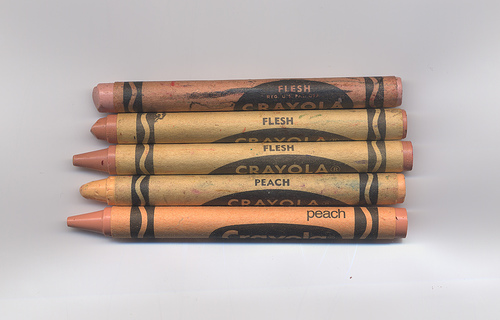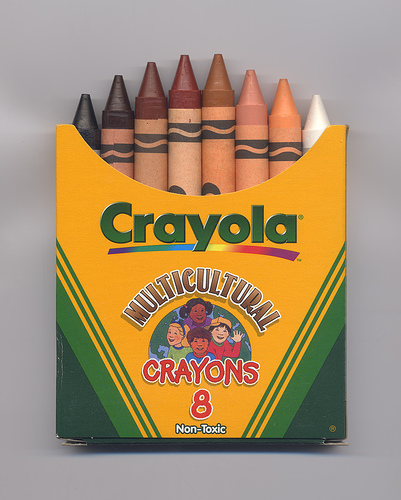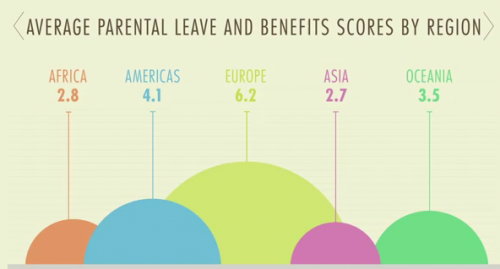Cross-posted at Montclair SocioBlog.
The equation of wealth and virtue seems to come almost naturally, at least among the wealthy. The logic is simple: Virtue leads to success, therefore wealth is evidence of one’s virtue. Virtue, in this case, means the Protestant Ethic – hard work and a willingness to forgo or postpone pleasures. It follows then that those who are not wealthy must have turned their back on virtue.
David Brooks, in his Friday column (here), applies this explanation to the wealth of nations.
Why are nations like Germany and the U.S. rich? . . . It’s because many people in these countries believe in a simple moral formula: effort should lead to reward as often as possible.
People who work hard and play by the rules should have a fair shot at prosperity. Money should go to people on the basis of merit and enterprise. Self-control should be rewarded while laziness and self-indulgence should not.
The US, Germany, and the Netherlands are Brooks’s exemplars of these virtues (Brooks uses the word ethos). The bad countries, the ones whose economies are teetering on the brink, are the grasshoppers to our ant. There they were – Brooks points his finger at Greece, Italy, and Spain – fiddling and dancing the summer away, refusing to live within their means or “reinforce good values.”
This seems accurate, doesn’t it – the dolce far niente Italians and other Mediterraneans, taking hours at midday for meals and siestas while the industrious Americans, Germans, and Dutch are working away, wolfing down a sandwich at their desks.
Just to be sure I downloaded some OECD data from 2007 – the last year before the big crash – on the number of hours people in different countries work. (Brooks’s three “ant” countries are red, the “grasshoppers” dark blue.) This is puzzling. The US is slightly above the OECD average, but workers in Greece and Italy spend more hours at work than do Americans, while the Dutch and Germans are down at the low end of the scale. (I do not know why the OECD still gives data for West Germany as well as Germany.)
This is puzzling. The US is slightly above the OECD average, but workers in Greece and Italy spend more hours at work than do Americans, while the Dutch and Germans are down at the low end of the scale. (I do not know why the OECD still gives data for West Germany as well as Germany.)
I noticed that the OECD also had a measure of “employment protection,” which is basically how hard it is to fire someone. I figured that workers in non-virtuous countries would be highly protected. Since it’s nearly impossible for them to be fired, they know they can slack off on the job. By contrast, virtuous countries would foster Brook’s ethos of “effort, productivity and self-discipline” in workers, rewarding the industrious, firing the lazy and self-indulgent. I wasn’t surprised that the US anchored the low end of the scale. Workers here have less job-protection than those in any of the other countries. And Greece and Spain are above the average. But so are Germany and the Netherlands, though only slightly, while Italy is slightly below the average. There’s really not much difference between these three. And if you look at the array of countries, there seems to be no strong connection between job protection and how well the country is weathering the current long recession. I’m not sure what the best measure of the overall economy is, but the OECD has composite figure made up from ten main economic indicators.*
I wasn’t surprised that the US anchored the low end of the scale. Workers here have less job-protection than those in any of the other countries. And Greece and Spain are above the average. But so are Germany and the Netherlands, though only slightly, while Italy is slightly below the average. There’s really not much difference between these three. And if you look at the array of countries, there seems to be no strong connection between job protection and how well the country is weathering the current long recession. I’m not sure what the best measure of the overall economy is, but the OECD has composite figure made up from ten main economic indicators.*  I just wish we had better measure of Brooks’s “ethos.”
I just wish we had better measure of Brooks’s “ethos.”
——————-
* “The Labour Force Survey (MEI) dataset itself covers countries that compile labour statistics from sample household surveys on a monthly or quarterly basis. It is widely accepted that household surveys are the best source for labour market key statistics. In such surveys, information is collected from people living in households through a representative sample. Surveys are based on standard methodology and procedures used all over the world. The 10 subjects available cover labour force, employment, unemployment (including harmonised unemployment), and employees.”




